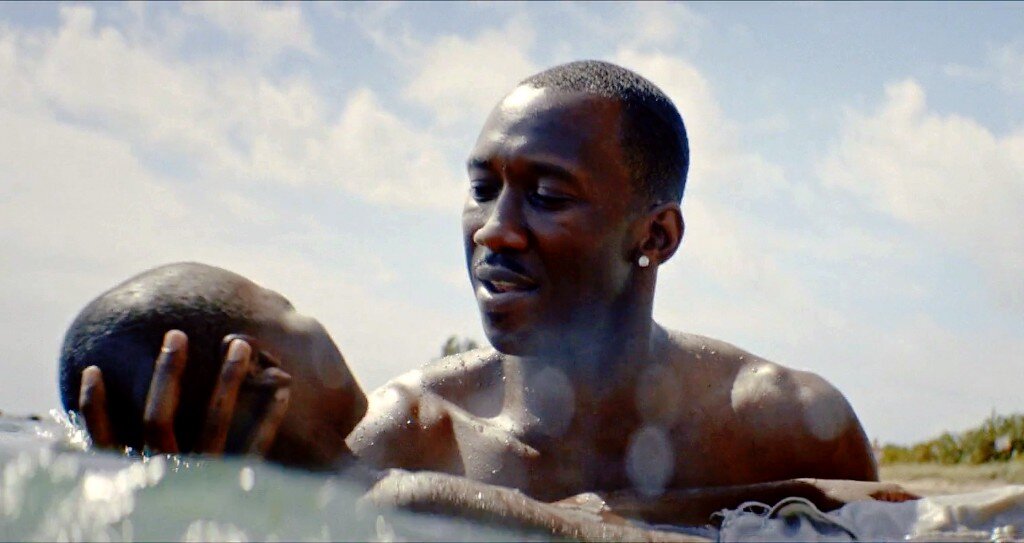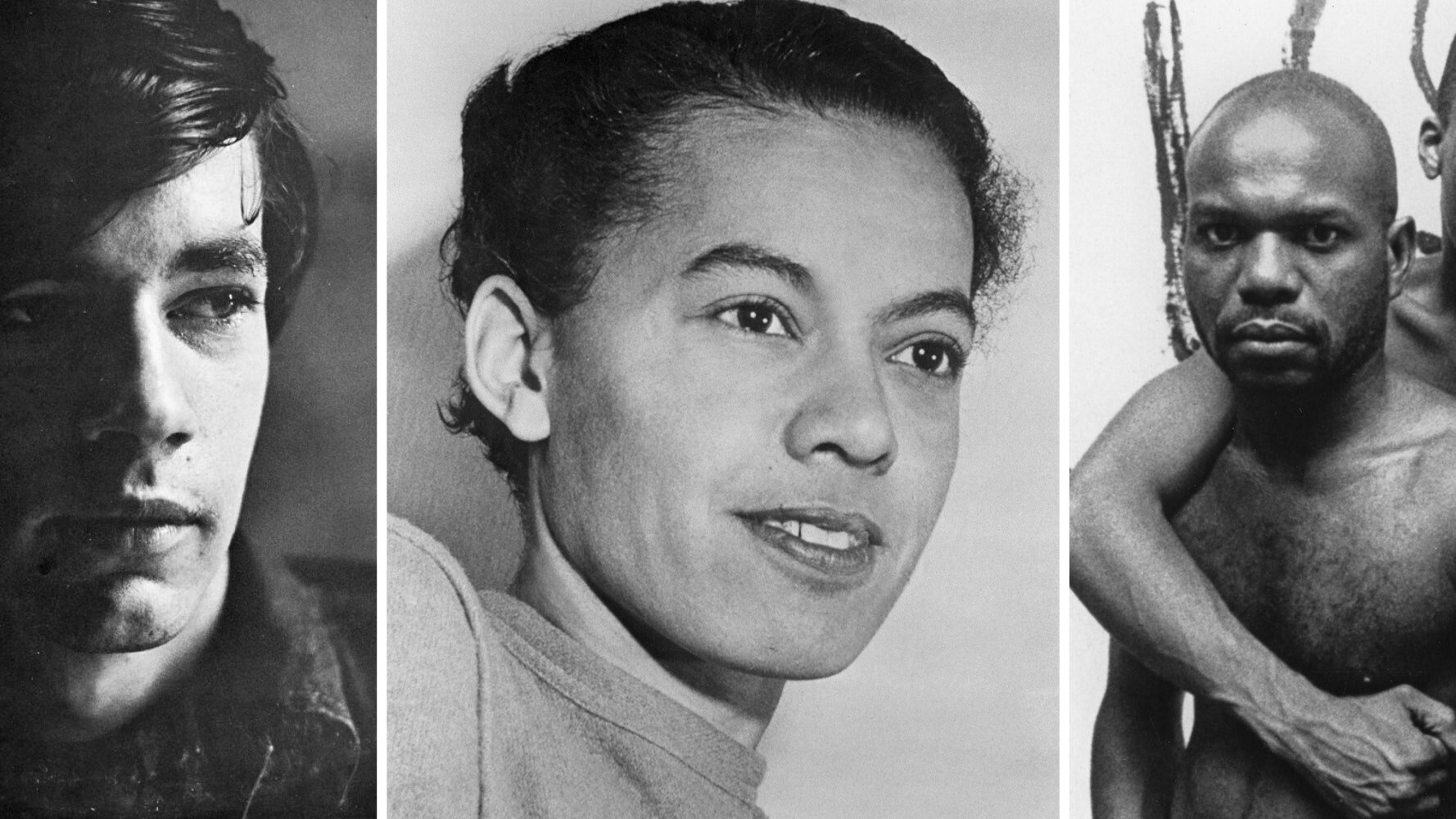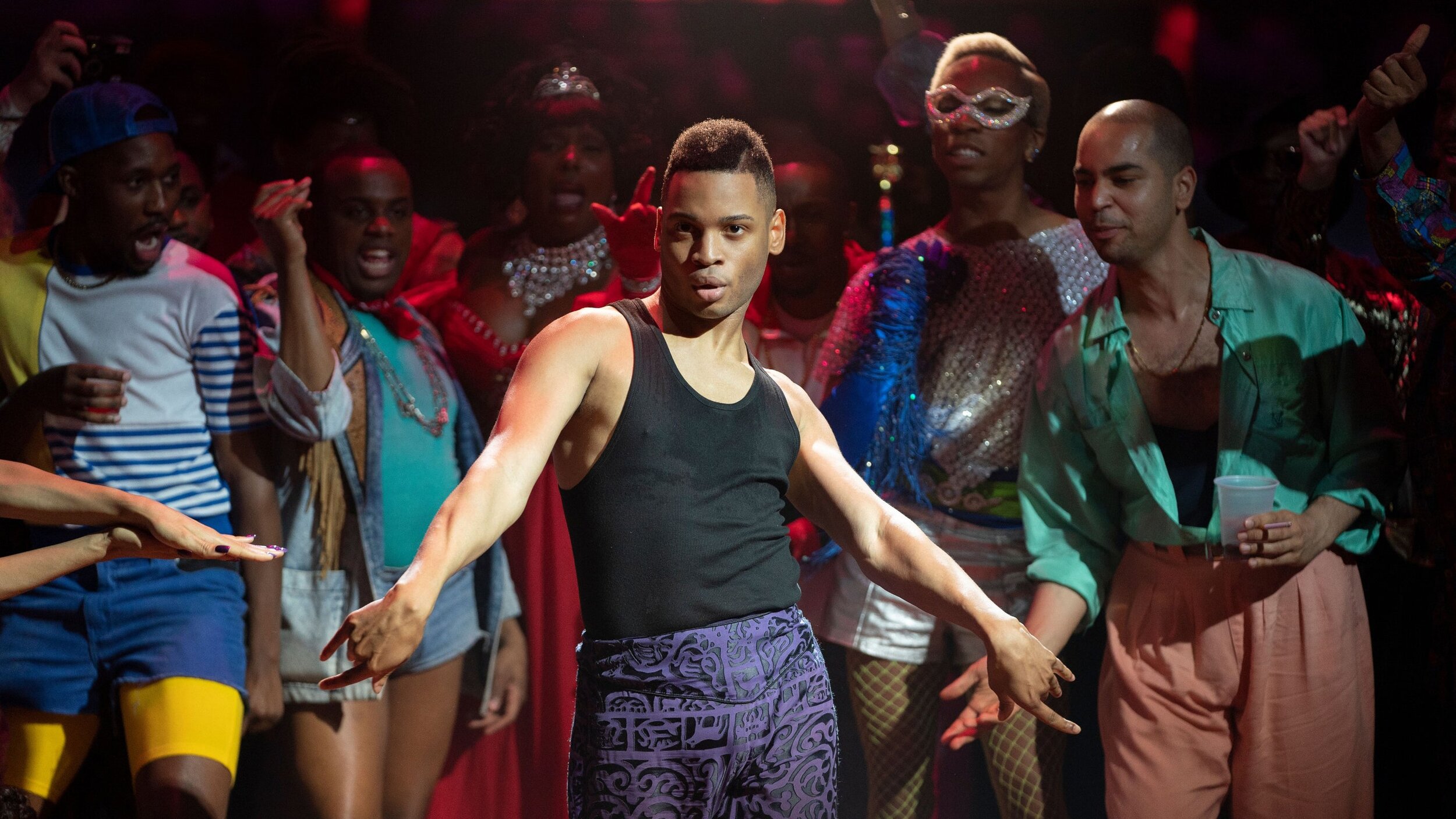QUEER CULTURE
“Isaac Julien: New Futures, Queer Pasts” - ArtReview (in Mandarin)
The history and power of queer, black friendships - momentum
Who Loved Gay Black Boys Before Moonlight? - Electric Literature
The Tragedy Surrounding Jamaica’s ‘Face of Pride’ - Into More
LGBTQ Icons You Need to Know — And How to Find More - Teen Vogue
Frank Ocean, Moonlight, and the New Era of Queer Black Men in Pop Culture - Teen Vogue
HOW NIGGERATI MANOR and black queer artistry live on today - WEAR YOUR VOICE





Electric Literature, November 2018: “Who Loved Gay Black Boys Before Moonlight?
As viewers we understand that Chiron is no less sensitive, but that he’s built himself “strong” to stop others from getting close or from attempting to hurt him. It is in moments of representation like this that I find myself asking: how much less painful would coming out have been for bodies like mine, my brother’s, and Chiron’s, if we had only seen people like us represented consciously in the mainstream? Who could we have loved if we had been brave enough, if we had been shown and reassured? How much more accepting might our families, neighborhoods, or schools have been?
WEAR YOUR VOICE, February 2021: The history and power of queer, black friendships
Essex Hemphill was an openly gay poet and activist in Washington, D.C. In the early 1980s, he formed the spoken word group “Cinque.” He gained even more acclaim when his work appeared in Joseph Beam’s anthology of Black gay writers, In The Life. Hemphill also appeared in a number of films that explore the queer Black experience throughout 20th century America (Tongues Untied, Looking for Langston).
TEEN VOGUE, MARCH 2019: “Frank Ocean, Moonlight, and the New Era of Queer Black Men in Pop Culture”
This new age of the queer black male in popular culture is well deserved, but there have been many who fought for decades to be represented in the media. In 1947, author Richard Bruce Nugent broke barriers when he became the first black man to openly and clearly depict a homosexual relationship, in his short story “Smoke, Lilies, and Jade.” Prince was always a groundbreaking artist who was candid about sexuality and gender fluidity, and has continued to captivate fans even after his death, in 2016. His presence undoubtedly helped countless queer black men feel affirmed. In Disidentification: Queers of Color and the Performance of Politics, José Esteban Muñoz unpacked the cultural significance of artists that put a spotlight on queerness, like Jean-Michel Basquiat, famed black artist and friend to Andy Warhol; of Basquiat, Muñoz wrote, “The line I want to trace is one that begins with identifying with one's heroes, actually becoming like one’s role model and then moving on. This line is not easy to follow in as much as it is neither linear nor in any way straight. It is, in fact, a very queer trajectory.”
“Baldwin’s work helped me up from the rock bottom of my early adulthood.”